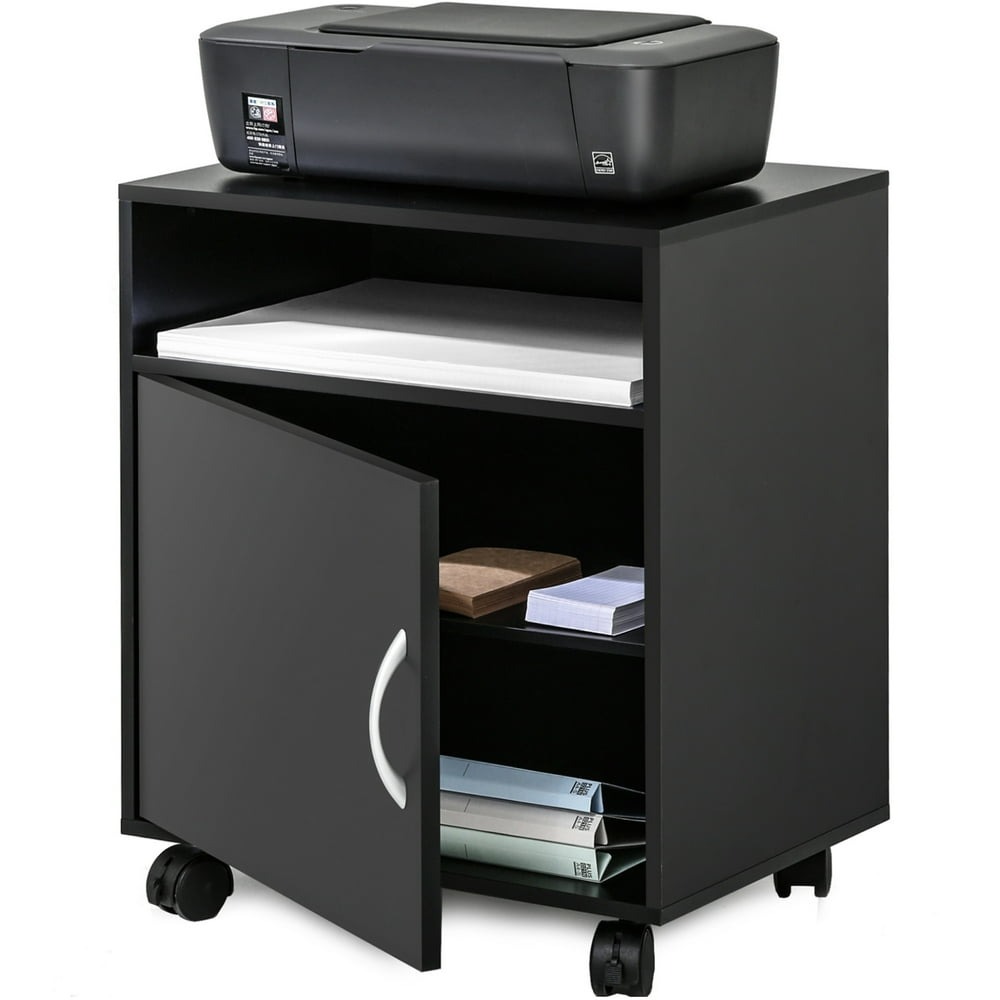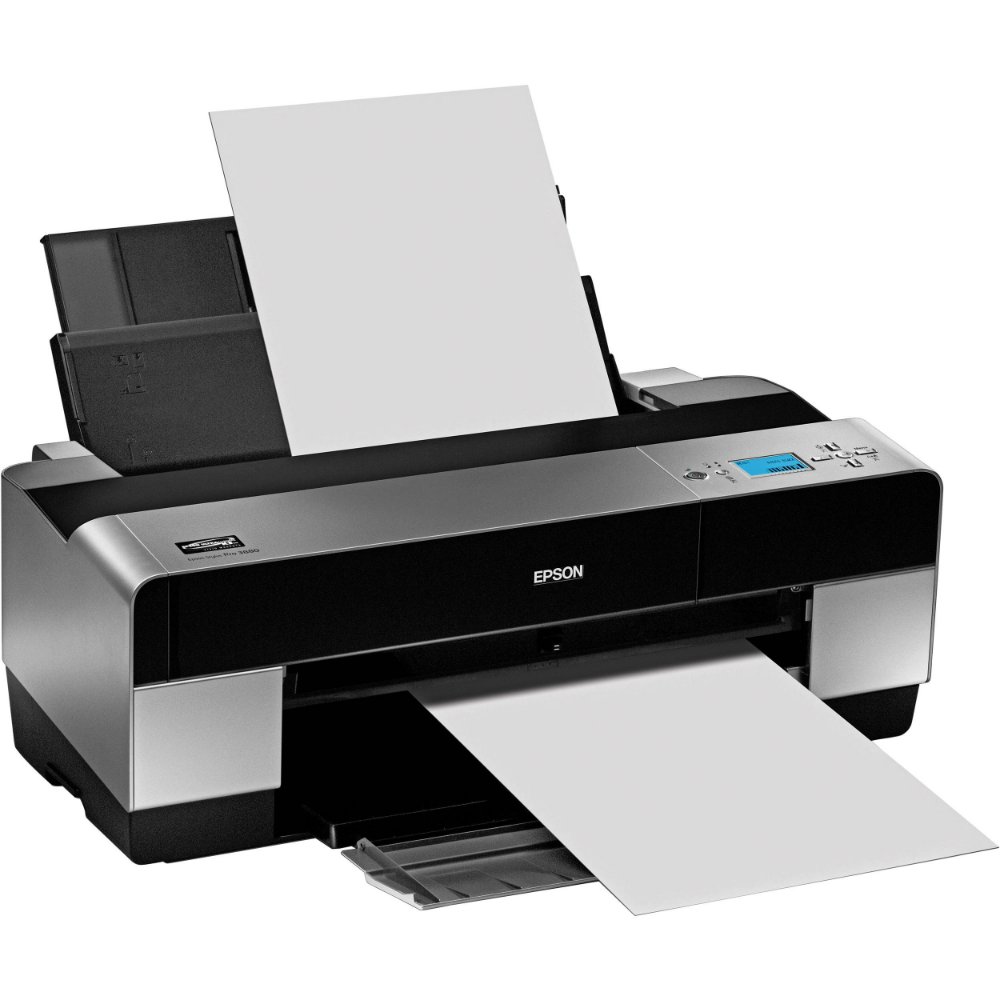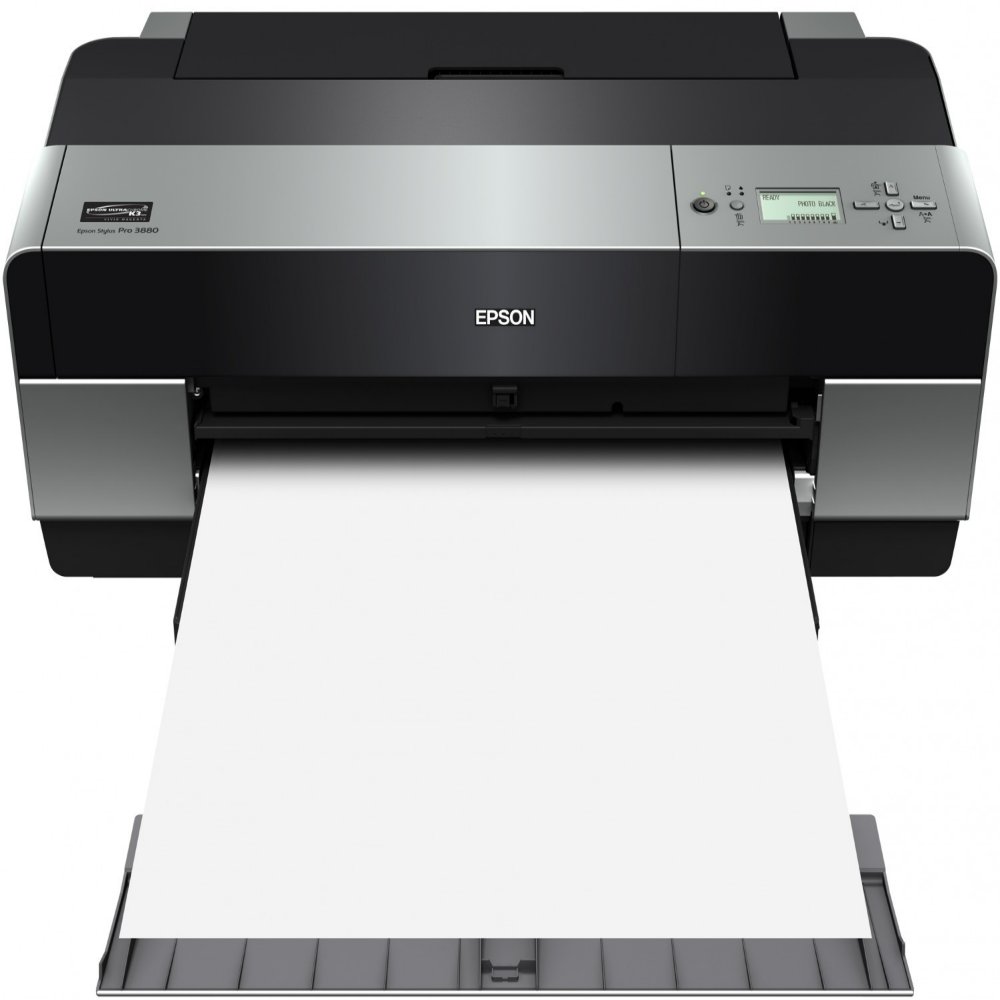Standard Printer Paper Sizes
Knowing the standard printer paper sizes is essential for everyone who prints documents. These sizes are not only a guide for your printing needs, but they also ensure that your documents can fit into envelopes, binders, and other standardized stationery items efficiently.
The most common printer paper size in the United States is Letter size, which measures 8.5 by 11 inches. This size fits well for most documents, including letters, forms, and standard business documents. Legal size, at 8.5 by 14 inches, is another widely used size of printer paper, often chosen for legal documents that require more space.
In many countries outside North America, the ‘A series’ of paper sizes, established by the ISO (International Organization for Standardization), is the norm. The most frequently used size from this series is A4, measuring 210 by 297 millimeters, which is close to the US Letter size but slightly taller.
The ‘B series’ and ‘C series’ exist for tasks that need larger or more specialized dimensions. For example, B sizes are often used for posters, and C sizes are designed for envelopes.
For graphic design and engineering prints, larger format sizes such as Tabloid or A3 are common. These allow for larger printouts that are necessary for detailed plans and layouts.
When selecting the size of printer paper for your projects, take into account the content, the intended use, and the recipient’s expectations. Your choice can make a significant difference in presentation and usability.
Remember, using the correct paper size not only ensures that your printed material looks its best but also can help in reducing waste and saving resources. Each standard size serves its purpose and offers a type of efficiency and practicality in the diverse world of printing.

How to Choose the Right Paper Size for Your Printing Needs
Choosing the right size of printer paper is crucial for your printouts to look professional and serve their intended purpose. Here are some steps to help you make the best choice:
- Understand the Content: Examine what you intend to print. A simple document like a letter fits well on a standard Letter or A4 size, while brochures may require different dimensions.
- Consider the End Use: Think about where the document will go after printing. Will it be filed, mailed, or distributed? The destination often dictates the paper size.
- Check the Printer’s Capabilities: Ensure that your printer can handle the size of paper you’re considering. Some printers may not support larger formats like Tabloid or A3.
- Think About Binding: If you are planning to bind the documents, some sizes may be more suitable than others. A regular report looks good on A4, while a legal dossier might need Legal size.
- Audience Expectations: Take into account the expectations of the person receiving the document. Professional reports typically use standard sizes, whereas invitations might use more unique dimensions.
- Design Requirements: Graphic design projects will likely require larger sizes to showcase visual elements without cramping.
By following these considerations, you will be able to select the appropriate size of printer paper for your project with greater precision, ensuring that your documents are both aesthetically pleasing and functionally appropriate.
Paper Size Chart and Dimensions
To help you visualize the standard sizes of printer paper, a paper size chart is very useful. The chart lists commonly used paper sizes, their dimensions, and sometimes their typical uses. Here’s a simple breakdown:
- Letter: 8.5 by 11 inches (216 by 279 mm). Ideal for personal and business letters.
- Legal: 8.5 by 14 inches (216 by 356 mm). Good for legal documents.
- Tabloid: 11 by 17 inches (279 by 432 mm). Suitable for newspapers, maps, and large diagrams.
- A4: 210 by 297 millimeters. Fits most business correspondence outside North America.
- A3: 297 by 420 millimeters. Used for drawings, diagrams, and large tables.
- B series: Includes sizes like B2, B3, etc., used for posters and wall charts.
- C series: Comprises sizes like C4, C5, etc., designed for envelopes and folders.
This chart should serve as a quick reference guide when deciding the size of printer paper for your needs. Knowing the exact dimensions helps in planning the layout of your documents and ensuring a perfect fit for various purposes.
When preparing to print, measure the paper tray in your printer to confirm it can accommodate your desired paper size. Use the chart above to choose a size that matches the content and design of your project. Keep in mind that using the correct paper size can also contribute to reducing paper waste and saving resources.

Common Uses for Different Printer Paper Sizes
Different printer paper sizes have various uses suited to specific applications.
- Letter (8.5 by 11 inches): Common for day-to-day office documents, resumes, and letters.
- Legal (8.5 by 14 inches): Used mainly for legal contracts and documents which require additional length.
- Tabloid (11 by 17 inches): Often selected for making small posters, menus, or large-format brochures.
- A4 (210 by 297 millimeters): The go-to size for most business and academic papers outside of North America.
- A3 (297 by 420 millimeters): Preferred for architectural plans, charts, and diagrams that need more space.
- B series: This range, including B2 and B3, serves for poster-sized printouts and display materials.
- C series: Sizes such as C4 and C5 are perfect for envelopes matching the A series paper sizes.
Reaching for the correct size of printer paper for your project supports clarity and professionalism. It also meets the right balance between sufficient space and economical use of materials. Understanding these common uses can guide your selection process and ensure your documents meet the intended purpose effectively.
International Paper Size Standards
In the world of printing, international paper size standards play a crucial role. The ‘A series’ of sizes, as defined by ISO, is the most common globally. It ranges from A0, the largest, to A10, the smallest. A4, measuring 210 by 297 millimeters, is the standard for business documents, letters, and academic papers in most countries.
These sizes are systematically related. Each size is half the size of the one before it when folded parallel to the shorter sides. For example, folding an A4 in half, you get an A5 size.
The ‘B series’ offers intermediate sizes not found in the ‘A series’. For posters and larger publications, ‘B series’ sizes like B2 (707 by 500 millimeters) are common choices. The ‘C series’ is primarily for envelopes. A C4 envelope fits an A4 paper without folding.
Many printers and software programs use these international standards. This helps ensure consistency in document sizes around the world. When you understand these standards, choosing the right size of printer paper becomes quite simple. You’ll be sure that your documents fit seamlessly with others across different nations.
Remember these international standards when selecting the size of printer paper for international correspondence or publications. Using the correct size can help promote a professional and organized appearance to a global audience.

The Importance of Paper Size in Design and Printing
The size of printer paper is pivotal in design and printing as it impacts both aesthetics and functionality. Whether you are creating a brochure, a business card, or a detailed chart, the choice of paper size can make or break the success of your printed product.
For designers, the correct paper size ensures that all visual elements are displayed clearly and effectively. A large poster needs enough space to be legible from a distance, while business cards require a compact size that can be easily carried.
Printers also rely on standard paper sizes for efficiency and consistency. Using the expected sizes helps maintain quality control and reduces the risk for errors during the printing process. Unconventional sizes might need special settings, potentially leading to increased time and costs.
By choosing the appropriate paper size, you contribute to the project’s professional look. It ensures the printout will fit in standard frames, folders, or envelopes, which is crucial for items meant for distribution or display.
In summary, selecting the right size of printer paper is a key factor in the success of design and printing jobs. It influences clarity, cost-effectiveness, and the overall presentation. By considering the size early in the design process, you can align with audience expectations and produce better results.
Tips for Custom Paper Size Printing
For specific projects that require a unique touch or do not fit standard sizes, custom paper size printing comes into play. Here are practical tips to ensure your custom prints turn out just right:
- Check Printer Compatibility: Always verify that your printer supports custom sizing. Most modern printers have this function, but double-check to avoid issues.
- Select Software Wisely: Use software that allows for custom print sizes, like Adobe Photoshop or InDesign. Programs like these offer more control over custom dimensions.
- Accurate Measurements: Provide exact measurements for your custom size. This precision ensures your document fits the intended space perfectly.
- Test Print: Before the final run, do a test print. This step can save time, ink, and paper by catching any sizing errors early on.
- Consult Printer Manuals: Printer manuals often have guidelines for custom sizes. Use these recommendations to set up your print job correctly.
- Consider Bleed Area: If your design extends to the edges, include a bleed area. This extra space accounts for any cutting inconsistencies.
- Adjust Margins: Customize margins to ensure the content isn’t too close to the paper edges, especially if it will be cut or bound.
- Save Resources: To limit waste, confirm details before printing large batches. Mistakes with custom sizes can lead to excessive paper use.
Following these steps helps produce exceptional custom size prints. This approach supports creativity while maintaining professionalism in your projects.
Environmental Considerations for Choosing Printer Paper
When selecting the size of printer paper, it’s also important to consider the environmental impact. Here are some key points to keep in mind:
- Opt for Standard Sizes: Using standard paper sizes like Letter, Legal, and A4 can reduce waste. Custom cuts can lead to extra scraps that are less likely to be reused or recycled.
- Choose Recycled Paper: Look for paper that contains recycled content. This choice helps to conserve natural resources and reduces landfill waste.
- Check for Certifications: Papers with certifications like FSC (Forest Stewardship Council) or PEFC (Programme for the Endorsement of Forest Certification) ensure that they come from responsibly managed forests.
- Print Efficiently: When printing, use settings that minimize ink and paper use. Double-sided printing and adjusting layout to fit more content on each page can make a big difference.
- Reuse and Recycle: Encourage the reuse of paper where possible. Set up recycling bins to collect discarded paper for recycling.
- Digital Alternatives: Consider if digital copies can replace printed ones. This can vastly decrease the demand for paper, saving trees and energy.
By taking these environmental factors into account, you can make more sustainable choices when it comes to the size of printer paper for your projects. Small steps can lead to significant positive impacts on our planet.